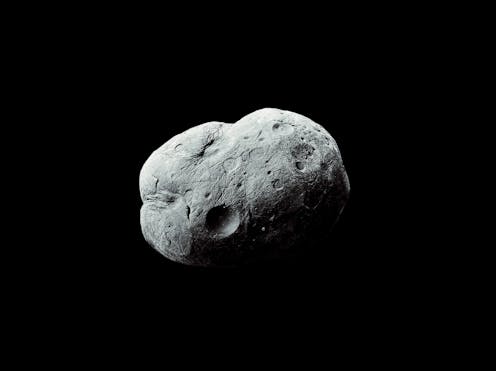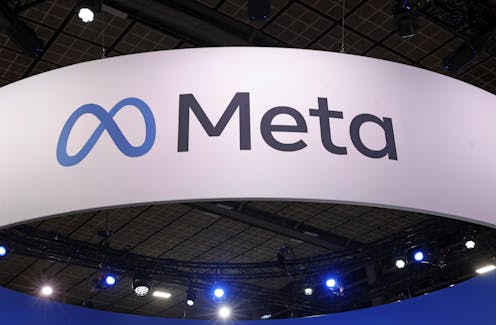The most common treatment for noninvasive bladder cancer has existed for over 100 years, was originally developed as a tuberculosis vaccine, and no one knows exactly how it works against cancer.
Nevertheless, Bacillus Calmette-Guérin (BCG) continues to be a mainstay of treatment for non-muscle invasive bladder cancer (NMIBC)—bladder cancer constrained to the bladder lining, which accounts for around 75% of localized bladder cancer cases. But what about tumors that don’t respond to this enigmatic immunotherapy?
In recent years, the U.S. Food and Drug Administration (FDA) has approved the immune checkpoint inhibitor pembrolizumab (Keytruda) and the gene therapy nadofaragene firadenovec (Adstiladrin) for BCG-resistant NMIBC. Earlier this year, the novel immunotherapy nogapendekin alfa inbakicept-pmln (Anktiva) joined the ranks of FDA-approved therapies for patients with BCG-resistant disease, but these are far from the only treatments coming down the pipeline. At the AACR Special Conference in Cancer Research: Bladder Cancer: Transforming the Field, held May 17-20 in Charlotte, North Carolina, researchers presented promising trials of other therapeutics that may eventually expand the treatment landscape for patients with BCG-resistant bladder cancer.
What is BCG?
At the start of the 20th century, tuberculosis ran rampant through Europe, emerging as a leading cause of death. French researchers Albert Calmette and Camille Guérin spent 20 years painstakingly culturing M. bovis, a bacterium related to the disease, in hopes of developing a vaccine.
Growing the microbes in a culture medium of glycerin and potato, and eventually discovering that ox bile could attenuate the germs to non-infectious levels of activity, Calmette and Guérin arrived at a strain that successfully inoculated rodents, cattle, and horses without causing tuberculosis. In 1921, the first human patient was vaccinated, and BCG remains the most commonly used vaccine worldwide today.
As use expanded, researchers made some puzzling observations hinting at a broader impact of BCG on the immune system. Inoculated infants had a significantly lower mortality rate than unvaccinated infants, an effect mostly attributed to decreased rates of sepsis and respiratory infections. Patients who died of tuberculosis were less likely than the general population to have cancer found during an autopsy, and in animal models, mice vaccinated with BCG resisted the implantation of tumors.
Throughout the 1970s, intratumoral injections of BCG were tested in several cancer types, but they were most effective at preventing recurrence of NMIBC after surgical resection. Researchers developed a protocol for infusing BCG into the bladder to place the vaccine in close proximity to any residual cancer cells, a protocol that remains largely unchanged today.
The exact mechanism by which a vaccine against a pathogenic bacterium also primes the immune system against cancer cells is still unknown, but researchers attribute its efficacy in part to the induction of immune-stimulatory cytokines, which attract the attention of immune cells. Other researchers have hypothesized that trained immunity—a process by which certain immune cells responding to one infection become better poised to fight an unrelated immune challenge in the future—may be at play.
While its initial efficacy at clearing all signs of cancer is quite high, around 40% of patients will eventually experience a recurrence, some with a muscle-invasive form of the disease that is more difficult to treat. Historically, options for patients with BCG-refractory disease have included other intravesical chemotherapy or complete removal of the bladder.
New Ways to Tackle BCG-resistant Disease
What are researchers doing to give patients more options?
An immunotherapy approved in April 2024 is leading the charge of creative new therapeutics. Nogapendekin alfa inbakicept-pmln was developed to be used in tandem with BCG to boost the vaccine’s anticancer effects.
Nogapendekin alfa inbakicept-pmln mimics the cytokine IL-15, which can boost the proliferation and activation of natural killer cells and T cells, including those responding to the cancer. It is infused into the bladder alongside BCG for six weekly induction doses, after which time the patient can continue maintenance therapy with nogapendekin alfa inbakicept-pmln if they experienced a complete response. If no complete response was observed, the patient may repeat the six-week induction dosing.
Nogapendekin alfa inbakicept-pmln was approved for use in patients with carcinoma in situ (CIS)— a small patch of potentially aggressive cancer cells in the bladder lining—including patients who may have additional papillary tumors that grow into the bladder cavity. In the phase II/III clinical trial that led to this approval, 48 out of 72 patients treated with nogapendekin alfa inbakicept-pmln plus BCG experienced a complete response; responses lasted at least 12 months in 58% of these patients and for 24 months in 40% of these patients.
The approval came mere weeks before bladder cancer experts from around the world convened in Charlotte for the AACR Special Conference. Two early-stage trials presented at the conference offered promising results for additional options for patients with BCG-resistant disease.
In a phase I/II clinical trial, researchers explored the addition of intravesical gemcitabine to a second course of BCG for patients with “BCG-exposed” NMIBC—tumors that recurred within 24 months of a BCG treatment but did not meet the criteria for BCG-unresponsive disease. The trial enrolled 25 patients with high-grade papillary tumors, with or without CIS. Recurrent tumors were resected, and patients were given intravesical gemcitabine on weeks 1, 4, 7, and 10 and intravesical BCG on weeks 2, 3, 5, 6, 8, and 9 of a 10-week treatment course.
After a minimum of 12 months of follow up, none of the tumors had progressed to muscle-invasive bladder cancer, none of the patients required a radical cystectomy (removal of the bladder), and all adverse events were grade 1 or 2. The complete response rate was 96% at 6 months post-treatment and 92% at 12 months post-treatment.
“The preliminary clinical data is quite promising,” said Syed Muneeb Alam, MD, a fellow at Memorial Sloan Kettering Cancer Center, who presented the study. He added that the ongoing phase II portion of the trial has shown a 95% six-month complete response rate so far.
In another approach, researchers designed a novel nonviral vector to stimulate local immune responses in a similar way as BCG. The vector, EG-70, houses DNA that encodes for three products: two double-stranded RNAs that activate local immune signaling by mimicking viral infection, plus the protein IL-12 to stimulate the T cells that arrive to fight the “infection.”
When infused into mouse bladders, EG-70 effectively eliminated tumors and prevented the growth of new ones during rechallenge experiments. Based on these data, James Sullivan, PhD, chief scientific officer of enGene, and colleagues launched the phase I/II LEGEND trial to assess the efficacy of EG-70 in human patients with CIS. In the phase I portion of the trial, 22 patients were treated with EG-70, including 10 at the selected phase II dose. Among those treated at the selected phase II dose, 86% and 75% of evaluable patients had complete responses lasting at least three and six months, respectively.
Over 90% of adverse events observed were grade 1 or 2, mainly related to the placement of a catheter and intravesical delivery of the therapy.
Sullivan expressed hope that EG-70 can eventually become a therapeutic option for patients with BCG-resistant NMIBC. “We’re excited about the phase I data but even more excited about seeing the phase II data in order to really demonstrate treatment effect,” he said.
The post Bladder Cancer: Burgeoning Beyond BCG appeared first on American Association for Cancer Research (AACR).


